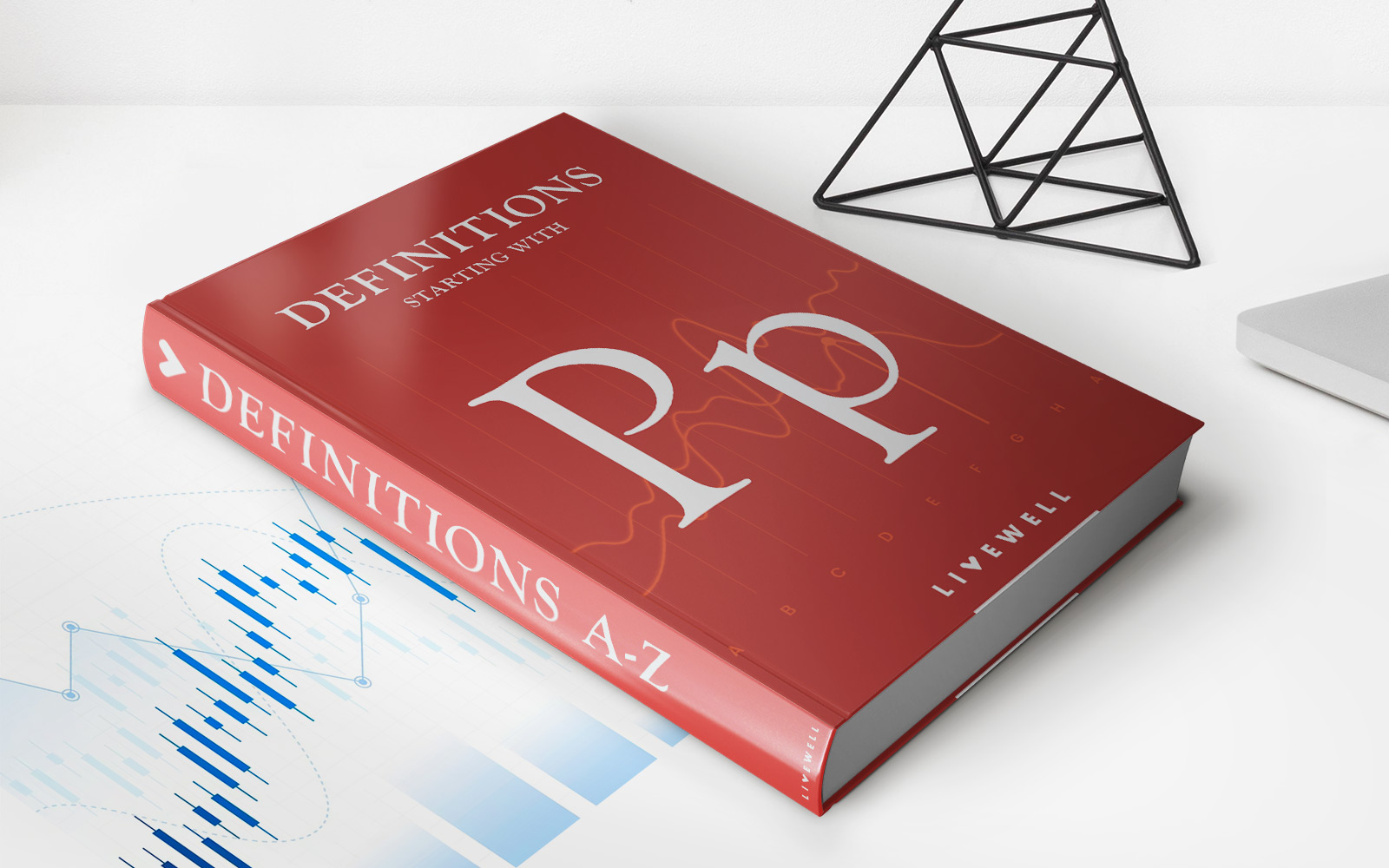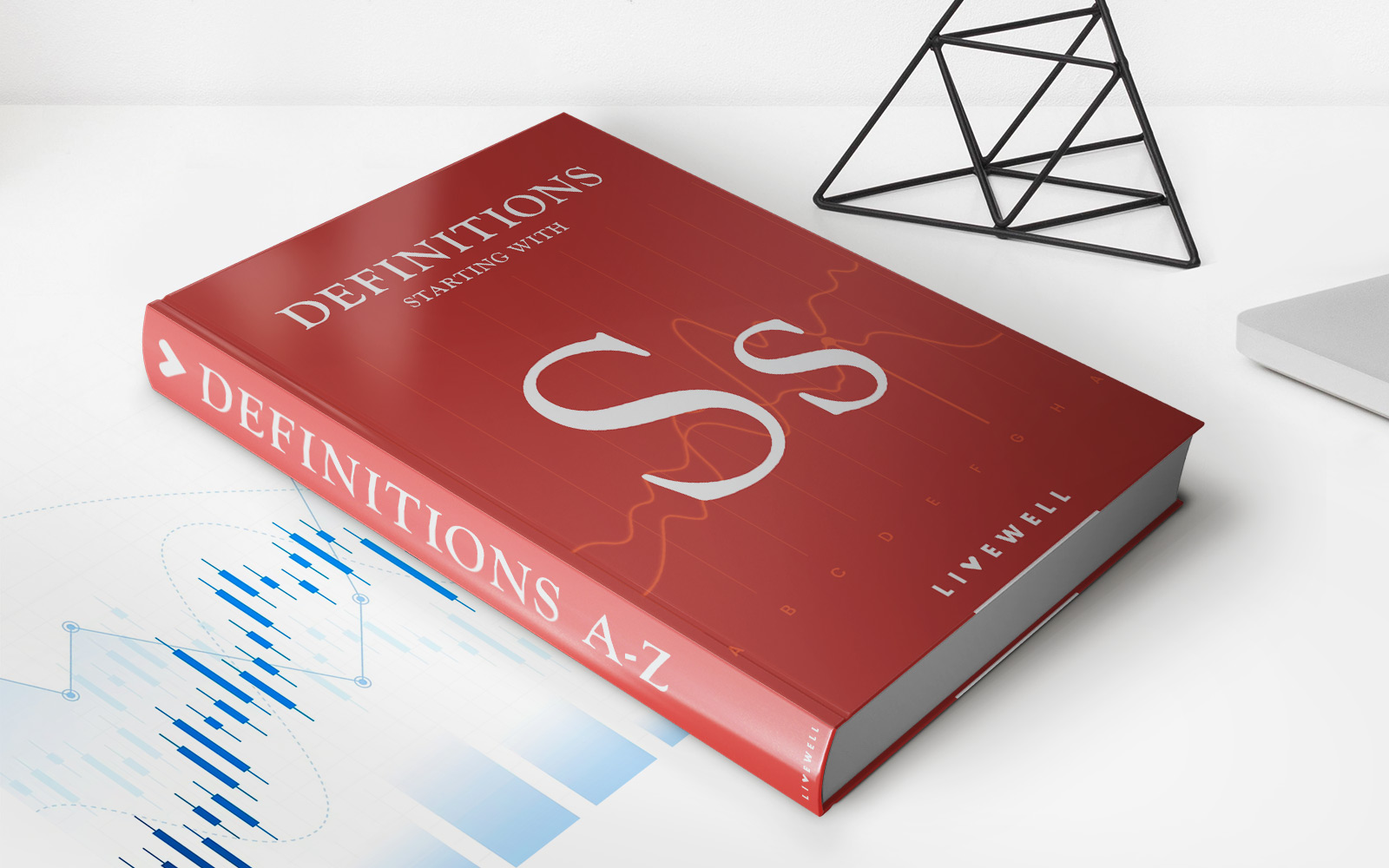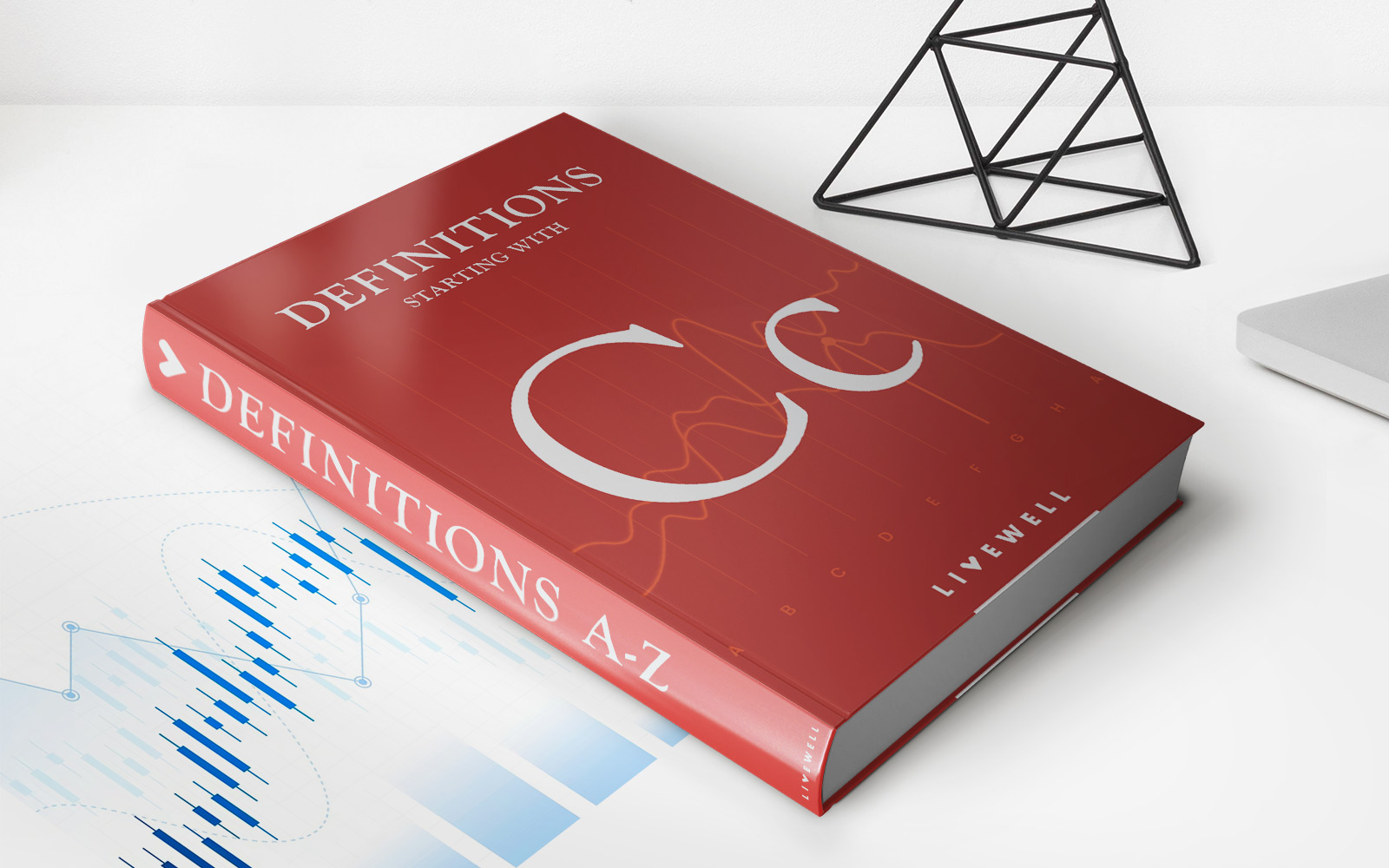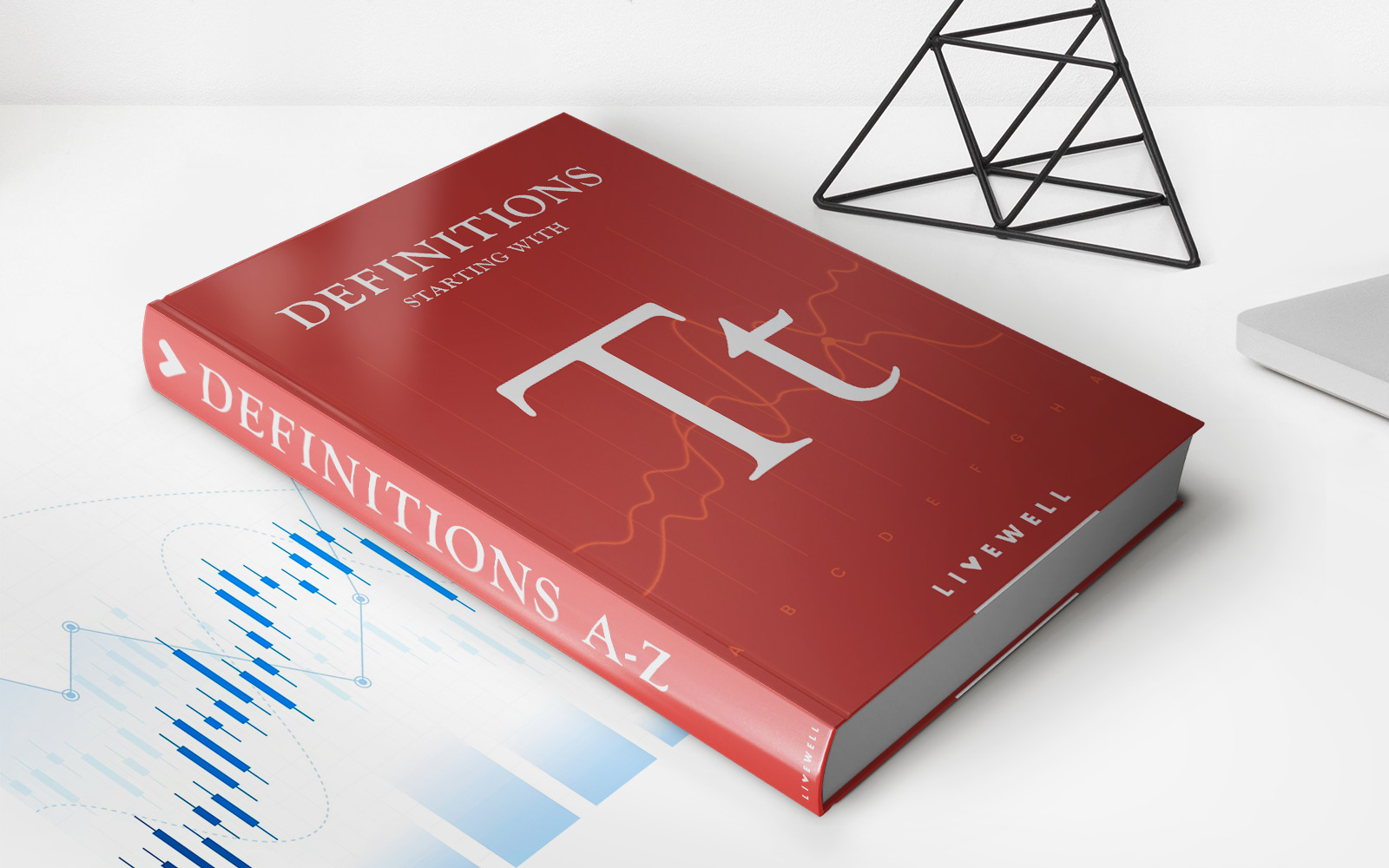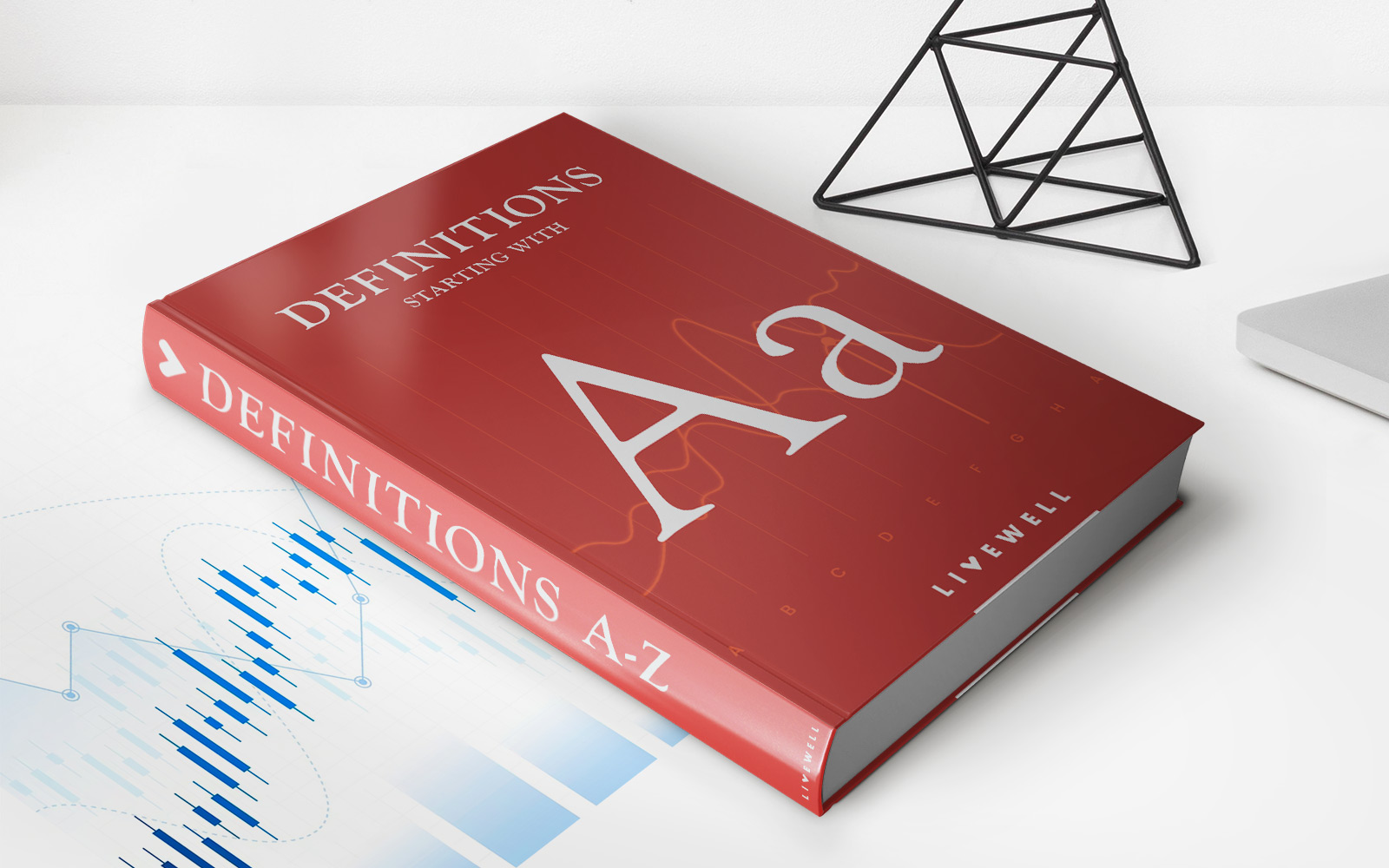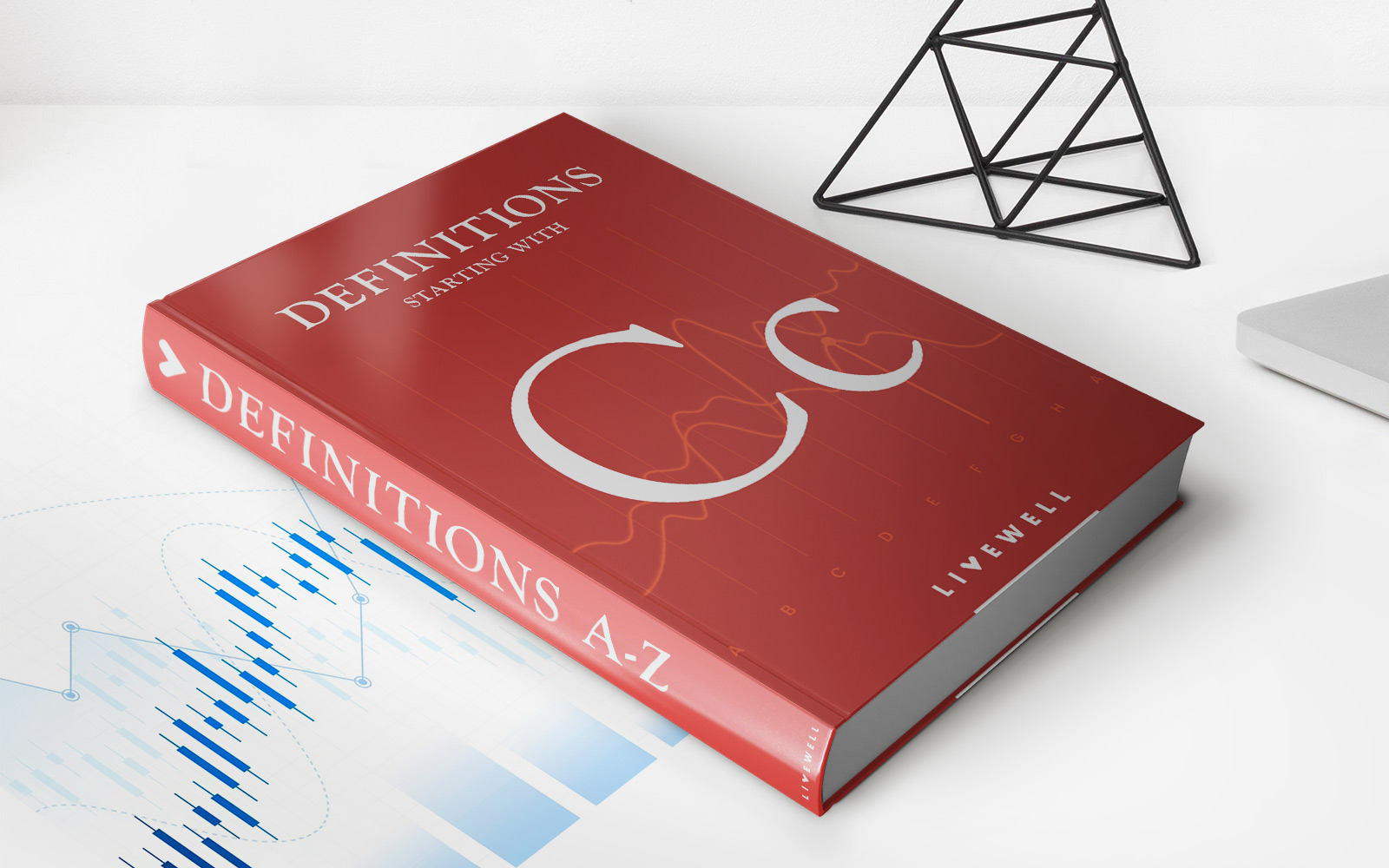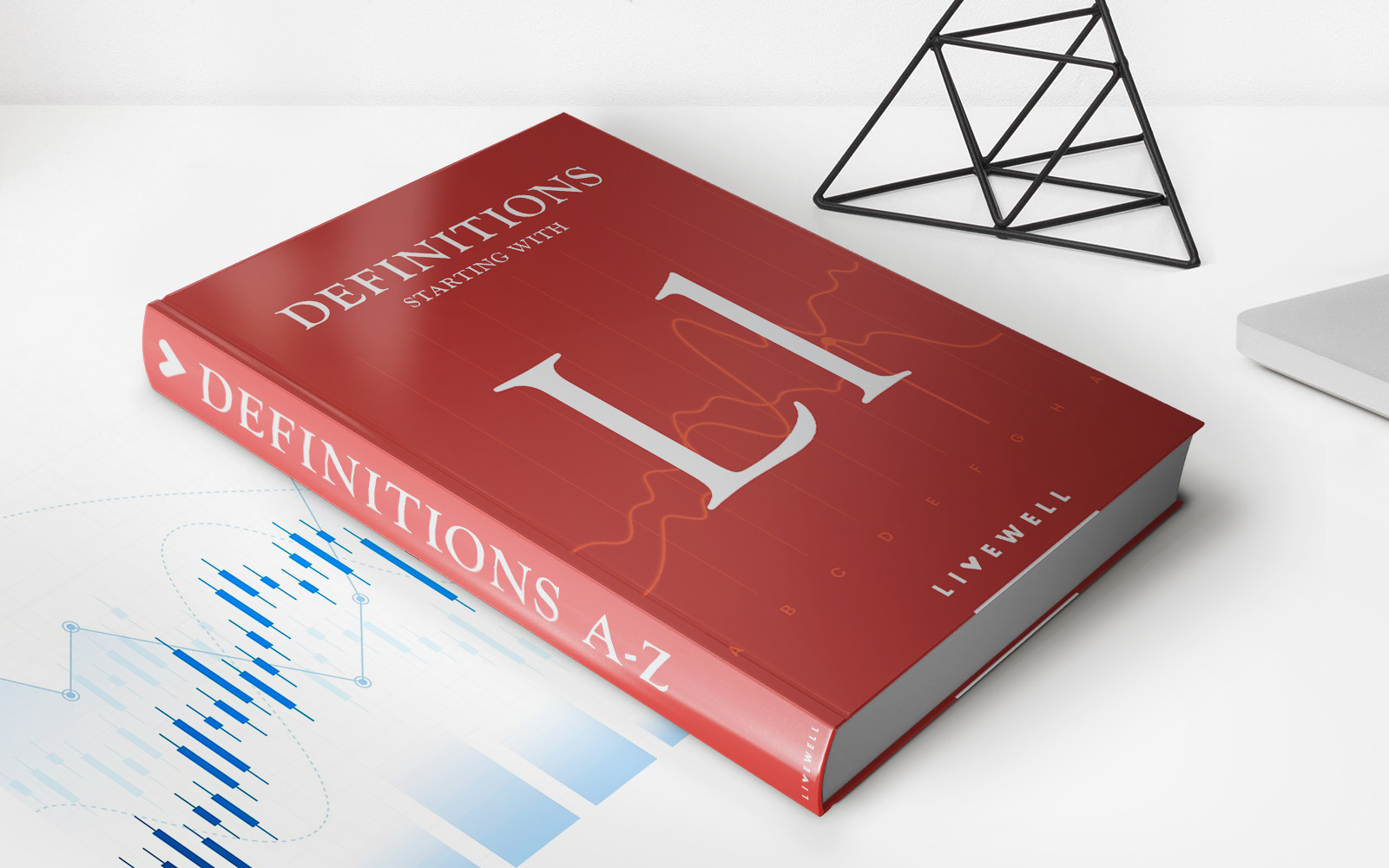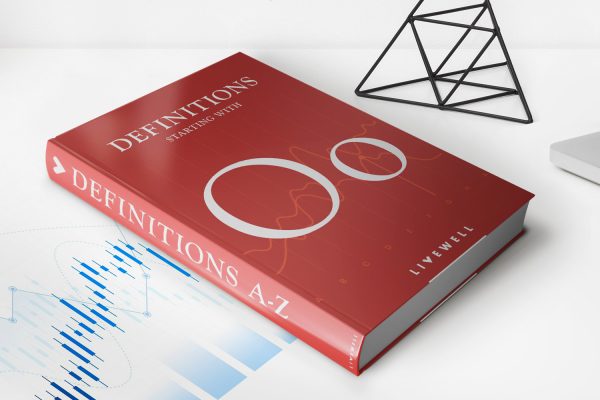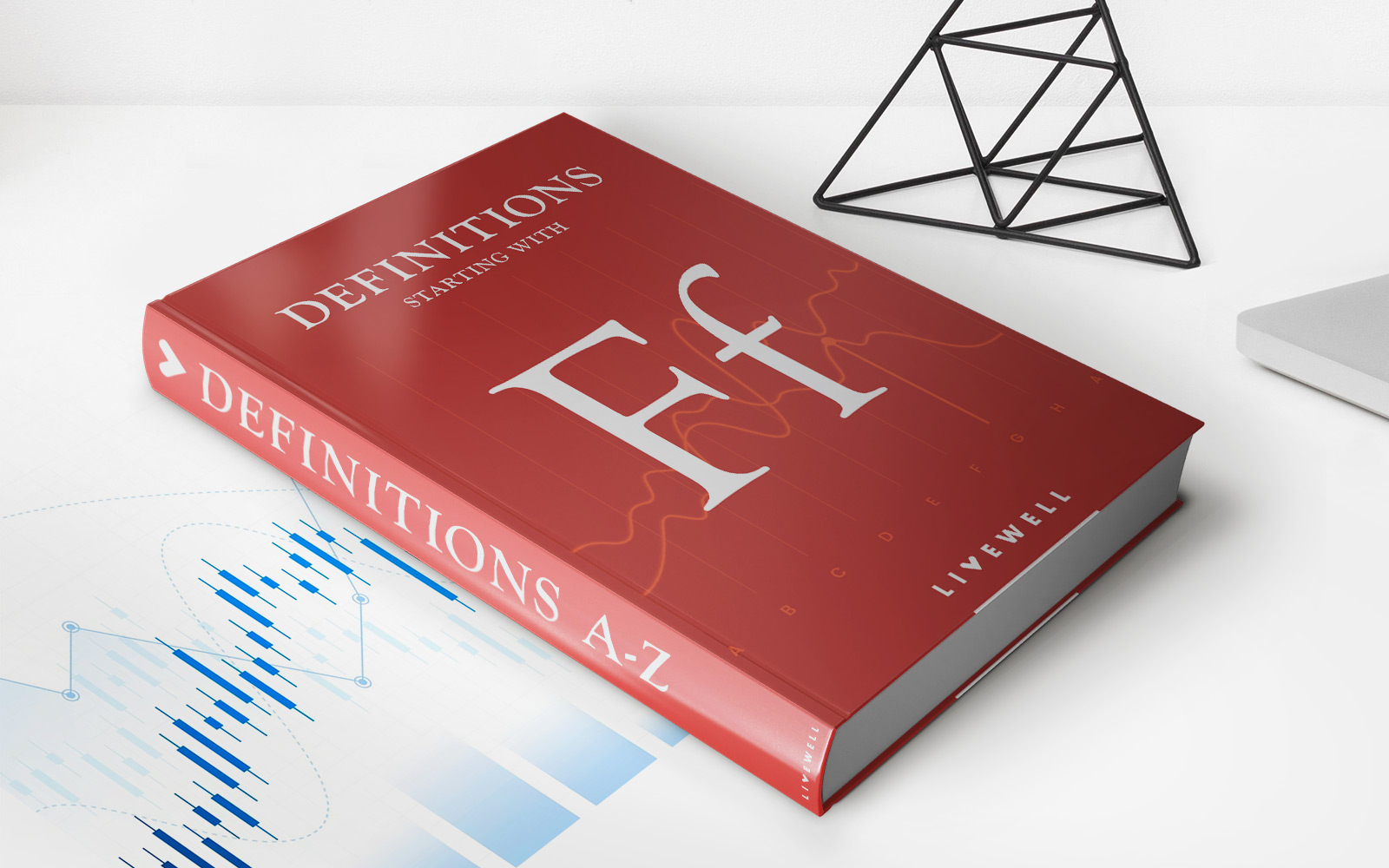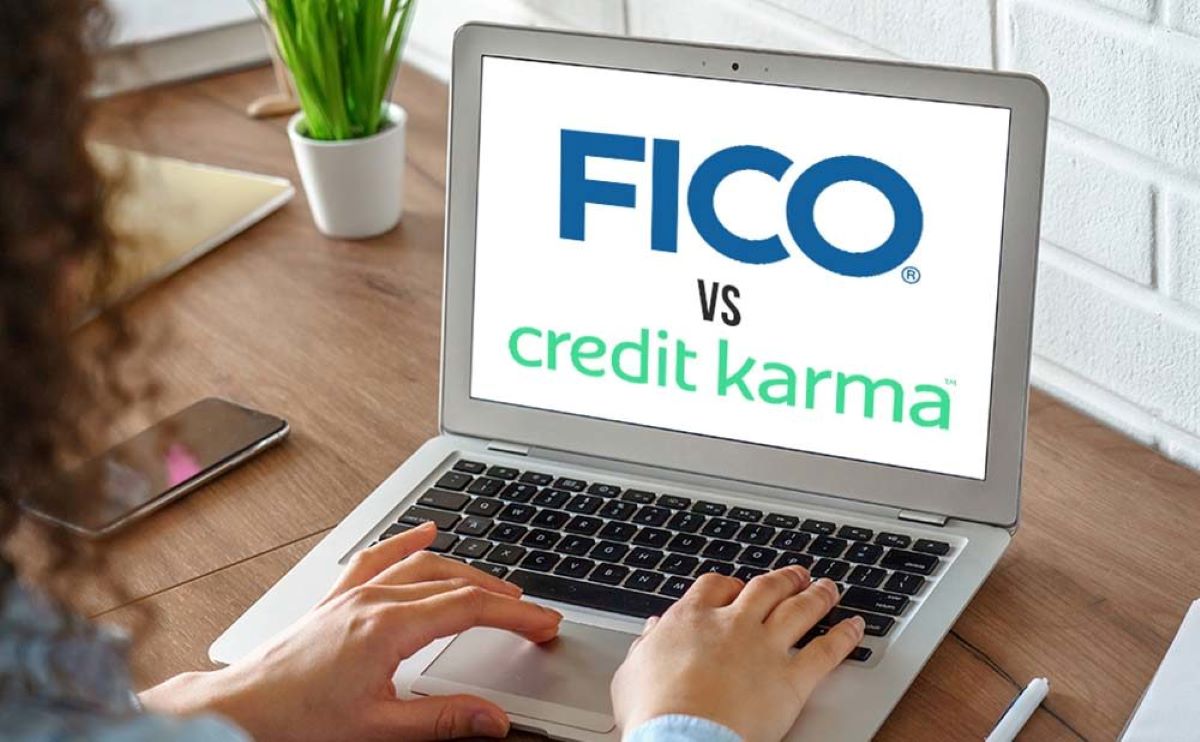Home>Finance>Exchange Of Futures For Physical (EFP): Definition And Example


Finance
Exchange Of Futures For Physical (EFP): Definition And Example
Published: November 20, 2023
Learn about the Exchange of Futures for Physical (EFP) in finance, including its definition and an example. Discover how this trading strategy works and its impact on the market.
(Many of the links in this article redirect to a specific reviewed product. Your purchase of these products through affiliate links helps to generate commission for LiveWell, at no extra cost. Learn more)
Understanding Exchange of Futures for Physical (EFP)
Welcome to our FINANCE blog, where we aim to provide you with valuable insights into the world of finance. In this article, we will dive into the concept of Exchange of Futures for Physical (EFP), which is an essential tool used in the financial markets. If you’re curious about how EFP works and its significance, you’ve come to the right place.
Key Takeaways:
- EFP is a trading method that allows market participants to exchange futures contracts for an equivalent cash position or physical delivery.
- It provides flexibility for traders to manage their risk exposure and optimize their trading strategies.
What is Exchange of Futures for Physical (EFP)?
The Exchange of Futures for Physical (EFP) is a trading mechanism that facilitates the exchange of futures contracts for an equivalent cash position or physical delivery. It is commonly used in markets where there is a need for buyers or sellers to change their exposure from futures to a different form of ownership.
EFP is an alternative to offsetting or closing out a futures position by buying or selling the same contract in the market. Instead, it allows traders to execute an EFP trade with a counterparty, who agrees to exchange the futures position for either cash or physical commodities.
In an EFP transaction, the futures position is typically swapped for a cash position that matches the notional value of the contract. This cash position can help traders hedge their risk or reposition their portfolio according to their investment strategy. However, it’s important to note that EFP transactions are subject to specific regulations and must be conducted within the rules prescribed by the relevant exchange or regulatory body.
Example of Exchange of Futures for Physical (EFP)
Let’s consider an example to illustrate how the Exchange of Futures for Physical (EFP) works. Imagine a trader who holds a long position in crude oil futures and wants to swap this position for physical barrels of oil. The trader can enter into an EFP agreement with a counterparty, such as a commercial oil producer.
In this EFP trade, the trader would agree to sell their long crude oil futures position to the counterparty at an agreed-upon price, while the counterparty simultaneously agrees to deliver the equivalent physical barrels of oil to the trader. The transaction allows the trader to obtain the physical barrels of oil they desire while unwinding their futures position.
Similarly, EFP can also be used to exchange futures contracts for cash. For example, a trader looking to reduce their exposure to a specific commodity could enter into an EFP trade to swap their futures position for a cash settlement equal to the contract’s notional value.
Conclusion
The Exchange of Futures for Physical (EFP) is a valuable trading tool that provides flexibility and opportunities to market participants. It allows traders to exchange their futures positions for either cash or physical commodities, assisting them in managing risk and optimizing their trading strategies.
Understanding EFP and its potential applications can be helpful for those involved in the financial markets. By leveraging this tool strategically, traders can navigate the complexities of the market more effectively and achieve their desired outcomes.
If you found this article useful, stay tuned for more informative content from our FINANCE category. Feel free to explore our other articles covering various topics related to finance, investment, and market trends. Happy reading and happy trading!
